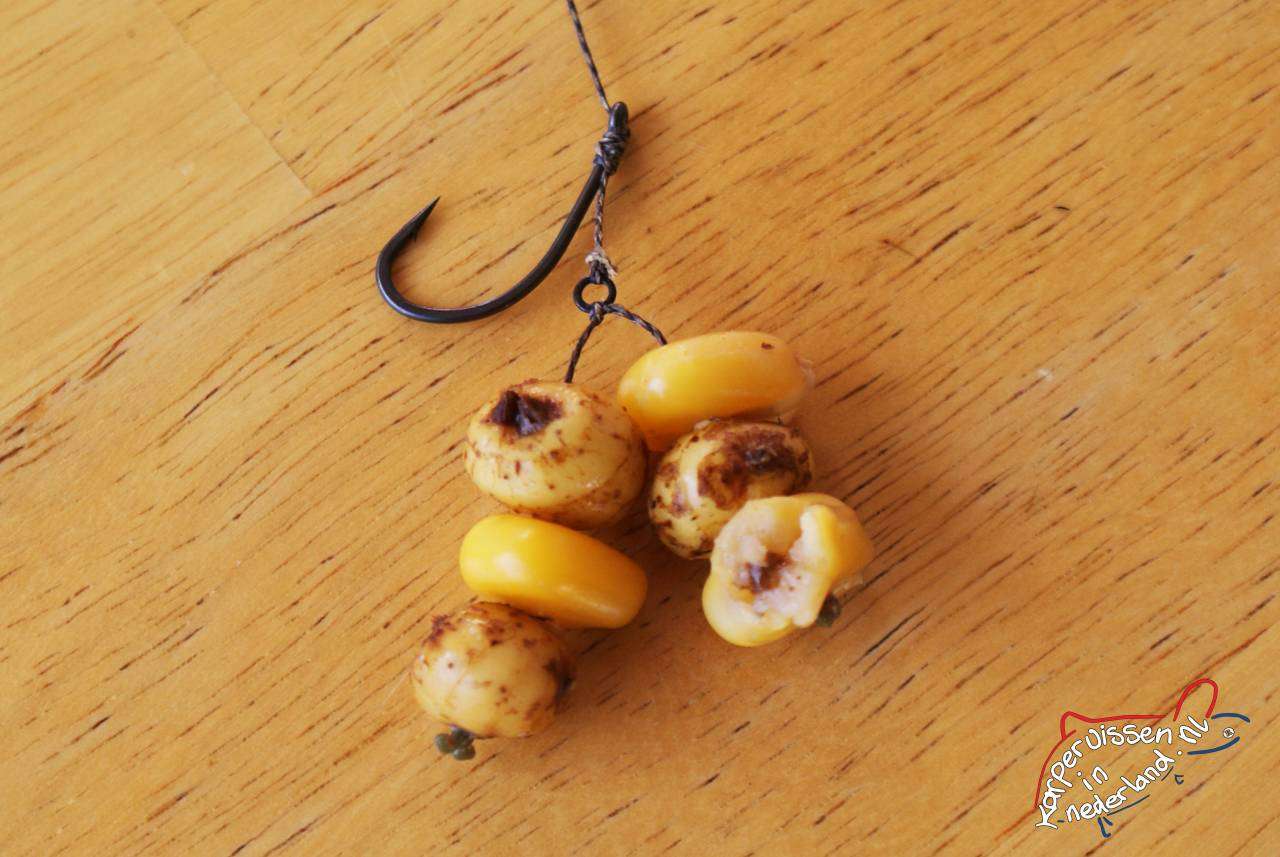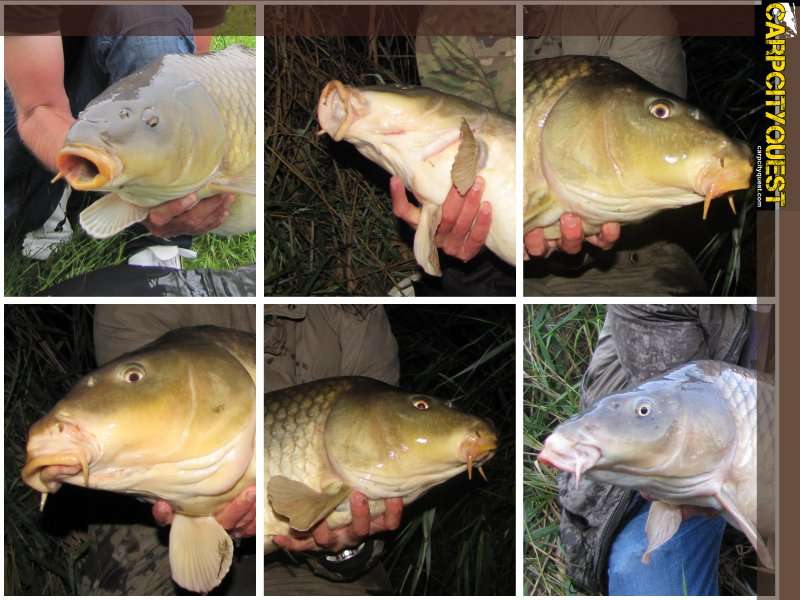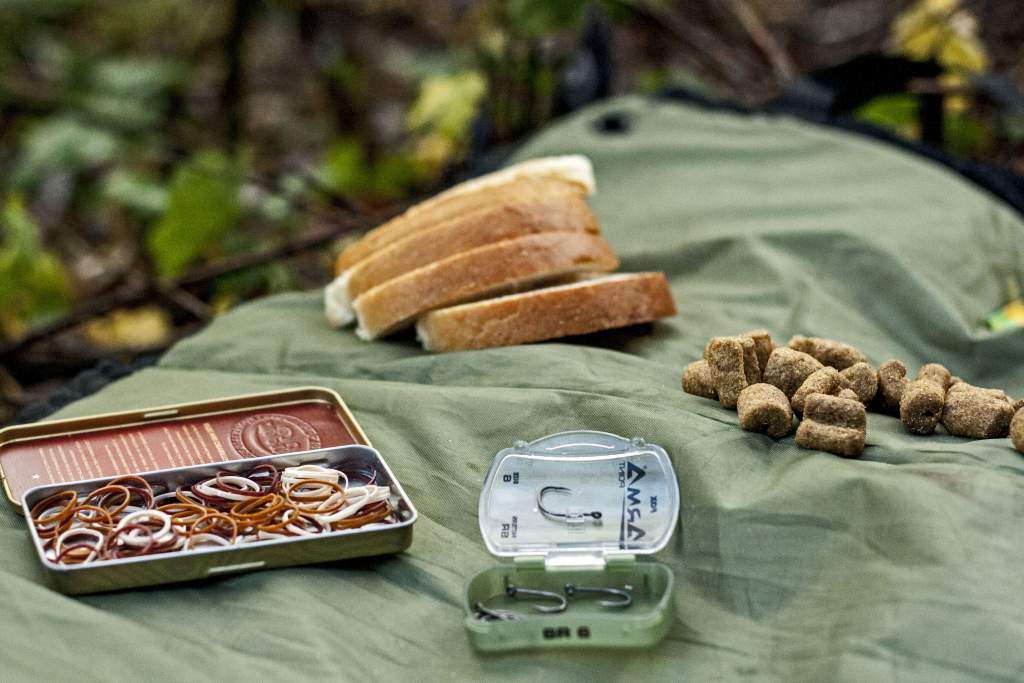Now that autumn has arrived ‘or at least is trying to’ and it’s getting quieter by the water, I’m writing a series of articles about carp and their behavior. How sensitive are carp to our sounds by the water? and especially how to approach them.
The following situation probably sounds familiar! You’re peacefully sitting at your spot along a shallow managed water, when someone comes stomping along and loudly starts with the opening line: “Are they biting?”… followed by a thunderous conversation continuing fifty centimeters from the water’s edge.
Being the social person I am, I always have a quick chat – often it’s curious youngsters or elderly people with beautiful catch stories to share who can also provide useful information about the water. Downside: the carp immediately disappears from your spot…
Carp are Creatures of Habit
Fixed migration routes, fixed hotspots, fixed feeding times, fixed winter hangouts. Only feeding patterns and sensitivity to environmental sounds vary greatly depending on the type of water, water depth, and possible conditioning. But why is a carp such a sensitive creature?… A carp possesses a whole series of organs/senses that help it scan its environment and search for food.
The Eyes
People often think carp have poor vision, but nothing could be further from the truth! A carp sees perfectly at short distances. While it’s not a distance viewer like a pike, a smart carp recognizes everything underwater even in murky water. It recognizes obstacles to trace its swimming route, can spot rigs in clear water, and searches for food in the bottom by sight. It can also perceive shadows and colors (thus movement) of flying birds and people from below the water surface. I’ve even caught carp during pitch-dark nights surface fishing with bread. Even blind carp easily survive using their other senses, just like humans.
Touch Organs
Microscopically small button-shaped nerve endings in the outer skin distributed across the carp’s entire body. Most are found around the edges of the lips, at the front of the head, and on the barbels. A brief note about the sense of taste: the nerve papillae for tasting are present across the entire skin, right up to the tail. For us, it’s almost impossible to imagine being able to taste with your back.
The Lateral Line
…is a sensory organ in carp that allows them to detect movements and vibrations in the surrounding water. The carp has this highly sensitive organ and can ‘feel’ pressure waves at a distance, detect whether there are harmless tail movements of white fish nearby, or if there’s danger from an obstacle or, for example, vibrations from people along the bank. In mirror carp, this lateral line consists of a mucus-filled canal that connects to the swimming water through small openings. In scaled carp, there are tiny slit-shaped openings between the scales with minuscule cells that can register even the smallest pressure wave.
The Nasal Cavities
The two cavities on top of the head in front of the eyes. These have a direct connection to the throat cavity and consist only of a front and back opening. While swimming, water flows through the nasal cavities and is checked by sensory cells. These cells not only serve to detect food but also to timely perceive unusual events (feeling) in the water.
“the Ear”: (Weber’s Organ)
Why in quotation marks? Because carp don’t have real ears, they only possess a number of bones that function in the equilibrium organ ‘the labyrinth’ to maintain balance and also work as a kind of ear. These bones are activated by pressure waves in the water, and this way the carp can detect air pressure changes due to weather, but they also work as transmitters of sounds amplified through the swim bladder.

Anatomy of a Carp
Finally
After all these terms, it’s become crystal clear: the carp is one big swimming sensory source that responds to everything. As an angler, you can adapt well to this behavior. Look for quiet fishing spots, fish with slack lines, wear camouflaged clothing, keep your bite alarms quiet or use a receiver, and don’t sit too close to the water’s edge.
But above all, stay quiet by the water, speak softly, walk calmly, and move as little as possible. You’ll see it will lead to more catches.
Happy fishing this autumn!
Alvar Besemer



